A surprisingly beautiful book on car parks nabbed the best space at this year’s international book award for construction. Judge Max Fordham tells Martin Spring why it deserved to win
Multistorey car parks would not be most people’s choice for the subject for a beautifully illustrated architectural book, but it was the unanimous selection of the five judges for this year’s international book award for construction.
The £1,000 award, which is sponsored by Sir Robert McAlpine and organised by the RIBA, was judged by such luminaries as architect Will Alsop, contractor Edward McAlpine, architect Sue Dunster, publisher Andrea Deplazes and services engineer Max Fordham.
The award recognises exceptional writing on construction, design and technology. Fordham, who chaired the panel of judges, reports that they were given 25 books to consider. “Even at the first discussions, it was interesting to see a certain consistency about the books that attracted interest,” he says. “This could be summarised as the accessibility of the material.”
Of the five books shortlisted by the jury, two fit into well-established architecture and construction genres. One celebrates the architecture and engineering of Wilkinson Eyre, while another is a technical manual on green oak construction; however, both are made accessible the topicality of their subjects and theri use of illustrations. The other three shortlisted entries, including the award winner, are more unconventional in subject matter and approach, but the jury found them all highly readable.
Here Fordham gives more insight into the award winner and the other four shortlisted books …
Winner
Sir Robert McAlpine International Book Award for Construction 2008
The Architecture of Parking, by Simon Henley
Photographs by Sue Barr
Thames & Hudson, 256 pages, £24.95
The Architecture of Parking offers a stimulating look at an unusual architectural style – that of the car park structure. This book won the Sir Robert McAlpine International Book Award for Construction 2008 because it made an immediate impact on the judges and sustained our attention throughout.
Submissions for this prize varied greatly – from highly detailed technical dissertations to simple, illustrated coffee table books. The Architecture of Parking manages to find the right balance. It is intelligent, contains beautiful photos and offers a series of thoughtful, stimulating essays.
There are a great many examples in this book, demonstrating the varied and unique solutions to car parking facilities the world over. And because the book is so clear in its presentation, the reader is not alienated by the prospect of having to assimilate a large amount of information.
The Architecture of Parking is a winner because it ticks all the boxes: it is accessible, beautifully produced, stimulating and thoughtful in its presentation.
Shortlisted
Exploring Boundaries: The Architecture of Wilkinson Eyre
By Kurt Forster and Peter Davey
Birkhauser, 170 pages, £33.92
Wilkinson Eyre Architects has been attracting attention since the 1990s with its wealth of innovative and imaginative designs – notably its spectacular and structurally ambitious bridges. The best-known and most highly acclaimed are the Millennium Bridge Gateshead (2001), and the Floral Street Bridge in London (2003). This book offers detailed documentation of some 15 structures and projects, with special attention paid to the context of each design.
Green Oak in Construction
By Peter Ross, Christopher Mettem and Andrew Holloway
TRADA Technology, 184 pages, £33.92
This is a well-illustrated guide to the use of green oak. It is also a celebration of oak in modern structures, and a demonstration of how to achieve excellence in practice. The book has 11 case studies that set out best practice and inspirational designs such as the Globe Theatre, and the Downland Gridshell in West Sussex.
There is also specifying information, design data and grading rules, all compiled by an expert author team, along with numerous colour photographs and diagrams.
Jean Rondelet – The Architect as Technician
By Marie-Noell Baudouin and Robin Middleton,
Yale University Press, 368 pages, £50
This piece of scholarship gives an unexpected understanding of the impact of the French Revolution on the people and activity of construction. As well as examining Jean Rondelet’s career, it covers his influence on the training of architects and the administration of architectural practice in 18th-century France. The history of development of engineering analysis and its influence on building design makes fascinating reading.
Strange Details
By Michael Cadwell, MIT Press, 183 pages, £11.95
In Strange Details, Cadwell gives an idiosyncratic but in-depth discussion of the work of four canonical architects who “made strange” with the most resistant aspect of architecture – construction. Carlos Scarpa, Frank Lloyd Wright, Ludwig Mies van der Rohe and Louis Kahn all created details that undercut our critical terra firma. Cadwell explores the strangeness in the material in Scarpa’s Querini Stampali, Wright’s Jacobs House, Mies’ Farnsworth House and Kahn’s Yale Centre for British Art. This book is a must for anyone who wants to understand modern architecture.
Postscript
Original print headline: "Park and read"





















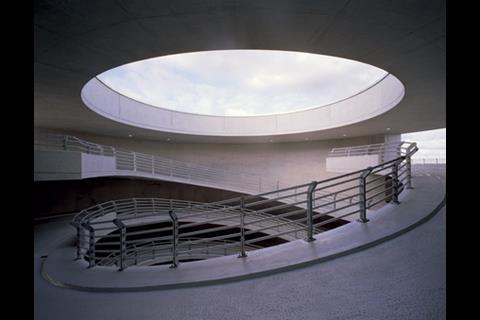

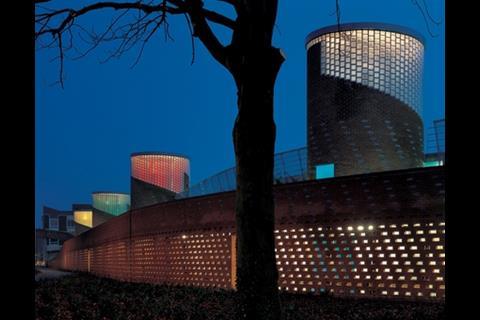
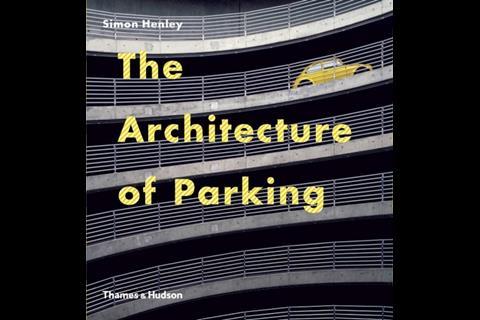
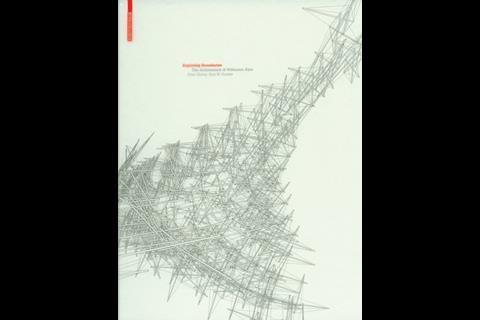
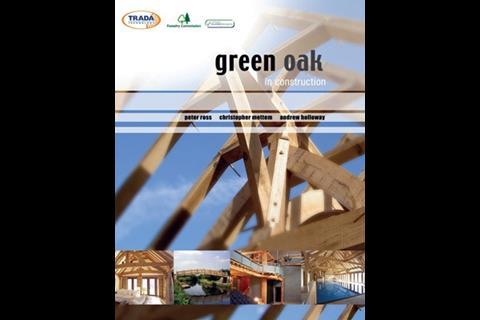
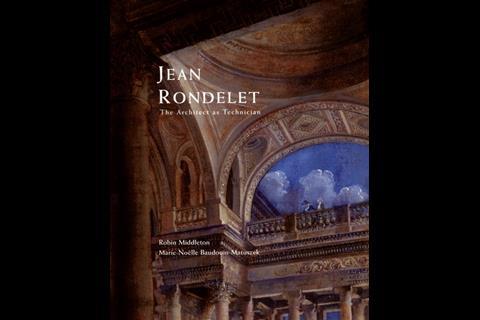
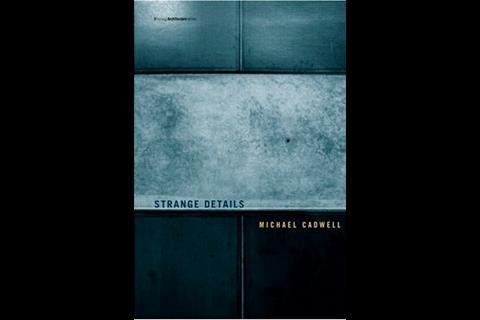






No comments yet